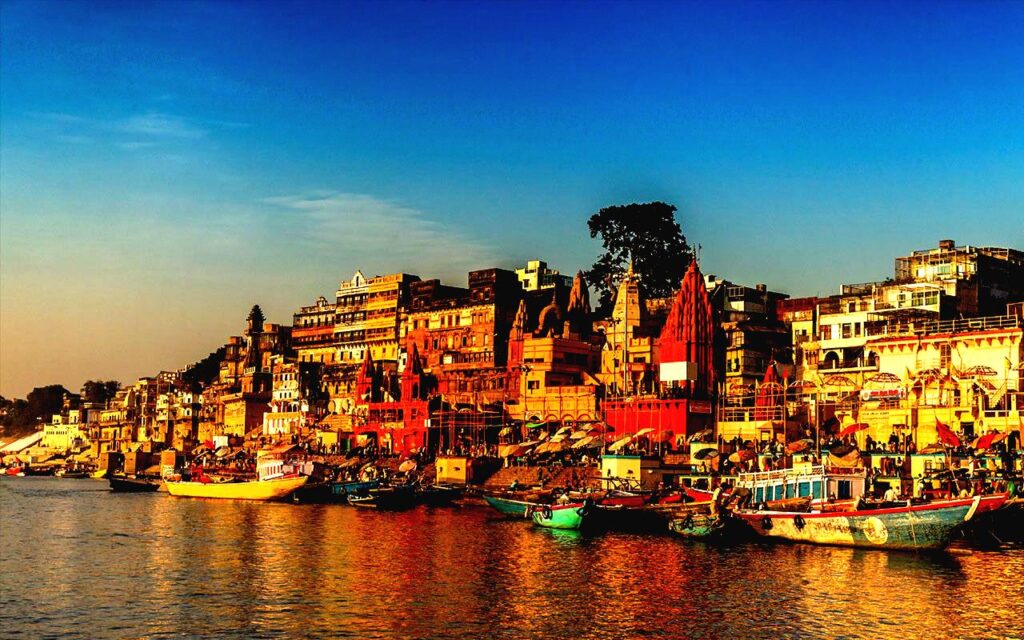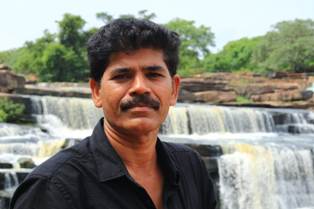Chunar Fort
History Of Chunar Fort
Haunted Fort
Visit Chunar Fort with an Official Tour Guide
Recommended by 99% of travelers
The history Of Fort spans from 56 BC and then between Afghan decedent Sher Sah Suri (1532) rule.
the fort stands on a big rock, a detached part of Vindhya Range at an elivation of 280 ft (85m) above sea level.
Fort on Vindhya Range which is older than the Himalayan range has a great history and many legends linking the fort to divine aspects.
LEGENDS
There are many legends behind the Chunar fort. One such is the story of King Bali. King was very generous and tried to help everyone who came in front of him. God Vishnu took the form of a dwarf man, came in front of King Bali, and begged for only three feet of land, King, without thinking anything agreed to provide three feet of land.
God Vishnu came in his original form, and in his first step he covered all the earth, and in his second step he covered the entire sky now the question was what to cover in the third step. King Bali understood everything and begged God to put the third step on his head.
God became happy and stepped in Chunar, that is the reason Chunar is also known as Caharandari, (Foot of Vishnu).
Geography
Chunar Fort is approached by road from Mirzapur over a distance of 20 miles (32 km) and along the Ganges River by river craft, a 30 miles (48 km) journey. Calcutta is 437 miles (703 km) away and is 14 miles (23 km) southwest of Varanasi. The structure is located in the Mirzapur district, 14 miles (23 km) southwest of Varanasi,

HISTORY
Settlements have been recorded here since 56 BC, from the time of Vikramāditya of Ujjain. Chunar’s earliest recorded history is from the sixteenth century, traced to a garrison of Babar when in 1529, many of his soldiers were killed; some of their tombs in Chunar are still venerated. In 1532, Sher Khan (later known as Sher Shah Suri after he captured Bengal), a highly ambitious Pathan of Afghan descent but born in the district of Narnaul in the present-day state of Haryana in India, took control of the fort with high ambitions of becoming the King in Delhi. He acquired Chunar Fort through strategic marriages to enhance his reputation, Fort came under the control of the Mughals in 1575.
The British East India Company, under Major Munro, attacked the fort; though initially, they lost ground, they subsequently breached the southwest part of the fort and annexed it. The fort with all its territory was formally ceded under a treaty to the East India Company in 1818. For some years, the fort was the main artillery and ammunition depot of the Northwestern Provinces. Maharaja Chait Singh of Benares had taken possession of the fort temporarily but was evicted. In 1857, he raised a rebellion in Varanasi and near the villages around the fort.
It is also said that Warren Hastings, the first Governor-General of India (1773 to 1784) took shelter in the Chunar Fort.
Buildings
The Citadel which is the main structure of the fort, in its northeastern part, was mounted with many cannons and also had a gunpowder magazine. The “S”-shaped brackets on the oriel windows have more similarity with the windows in the Agra Fort than other pre-Moghul monuments in eastern India. Some designs such as the knot motif are attributed to the Sur period architecture as seen in Chainpur and Shergarh, both of the Sur period, which attest to the fact that local artisans have contributed to the continuation of the regional traditions in architecture.
A number of bungalows (mansions) are located between the trees, which were used as offices and residences of officers during British rule. The Governor’s house, a hospital, and the state prison are also located here.
A pavilion, dating to 1538, was used as the gatehouse. The Sonwa Mandap open pavilion has 28 pillars and is built in the Hindu style of architecture. An engraving on its mehrab is believed to be filled with gold. Bhartri Nath’s samadhi is located at the back of this monument where religious ceremonies are conducted. Sonwa Mandap has four gates and a tunnel in the front yard of the building. It is mentioned that in 1333 AD, Princess Sonwa, daughter of Sandeva, a Nepali king, came here frequently to take baths in the Ganga River through this tunnel. The access is from the fort.
A bawdi measuring 17 feet (5.2 m) in diameter and nearly 200 feet (61 m) in depth contains perennial water, and its source is connected to the Ganga River. It is also mentioned that Princess Sonwa used this well for her ablutions.




